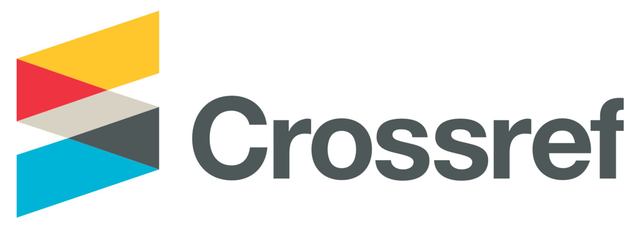

2708-9517








MLA Directory of Periodicals
REAO: East Asian Studies Journals
EBSCO Education
ProQuest
Google Scholar
Semantic Scholar
ROAD
BASE
Helka Helsinki Library
Baidu Scholar
Ex Libris
Jouroscope
US Department of Commerce Research Library

宾帅
北京大学对外汉语教育学院, 中国
胡韧奋
北京师范大学国际中文教育学院,中国
吴继峰
首都师范大学国际文化学院,中国
摘要
本文以英、韩、日三个母语组中高级水平汉语二语学习者为研究对象,考察了母语背景对其议论文写作句法复杂度的影响。在句法复杂度测量上,搭建了多维度句法复杂度测量指标体系,除句层面和短语层面句法特征外,还引入了《国际中文教育中文水平等级标准》三等九级语法点特征。研究发现,韩、日母语组议论文写作的句法复杂度表现较为接近,二者与英语母语组呈现显著差异 :在句层面,英语组在组织句子时倾向使用更多小句和 T 单位 ;在短语层面,英语组在一般搭配与特殊搭配中的多项指标上,其多样性和比例显著高于韩、日语母语组 ;在语法点层面,英语组的初级语法点比例与密度显著低于韩、日语组,而中级语法点比例则显著更高。句法复杂度指标和写作成绩的回归分析表明,对于不同母语组来说,句法复杂度指标对写作成绩预测的整体效应量相当,但能够有效预测成绩的指标既有共性,也有差异。最后,结合学习者母语背景对各项指标及其代表的语言特征进行了分析,并讨论了不同母语组的议论文写作特点。
关键词
二语写作,句法复杂度,母语背景,写作质量
The Differences of Syntactic Complexity in Chinese L2 Argumentative Writing with Diverse L1 Backgrounds
Shuai Bin
Peking University, China
Ren-fen Hu
Beijing Normal University, China
Ji-feng Wu
Capital Normal University, China
Abstract
This study investigates the impact of first language background on the syntactic complexity in argumentative writing by intermediate-advanced Chinese as a second language (CSL) learners from English, Korean, and Japanese native speaker groups. A multidimensional framework for measuring syntactic complexity was constructed, which considered syntactic features at both the sentence and phrase levels, and incorporated the grammatical features from the “International Chinese Language Education Chinese Proficiency Grading Standards” with three levels and nine grades. The study found that at the sentence level, the English-speaking group used more clauses and T-units in sentence construction. At the phrase level, compared to the Korean and Japanese groups, the English group exhibited significantly higher diversity and usage proportions in various general and specific collocation metrics. At the grammar point level, the proportion and density of elementary grammar points in the English group are significantly lower than those in the Korean and Japanese groups, whereas the proportion of intermediate grammar points is substantially higher. Regression analysis of syntactic complexity indices and writing scores indicated that the overall effect size of syntactic complexity indices on writing scores was comparable across different native language groups, yet the indices that effectively predicted scores varied, exhibiting both commonalities and differences. Finally, the study analyzed the language features represented by the indices based on the learners’ native language backgrounds and discussed characteristics of argumentative writing in different L1 groups.
Keywords
Second language writing, syntactic complexity, first language background, writing quality